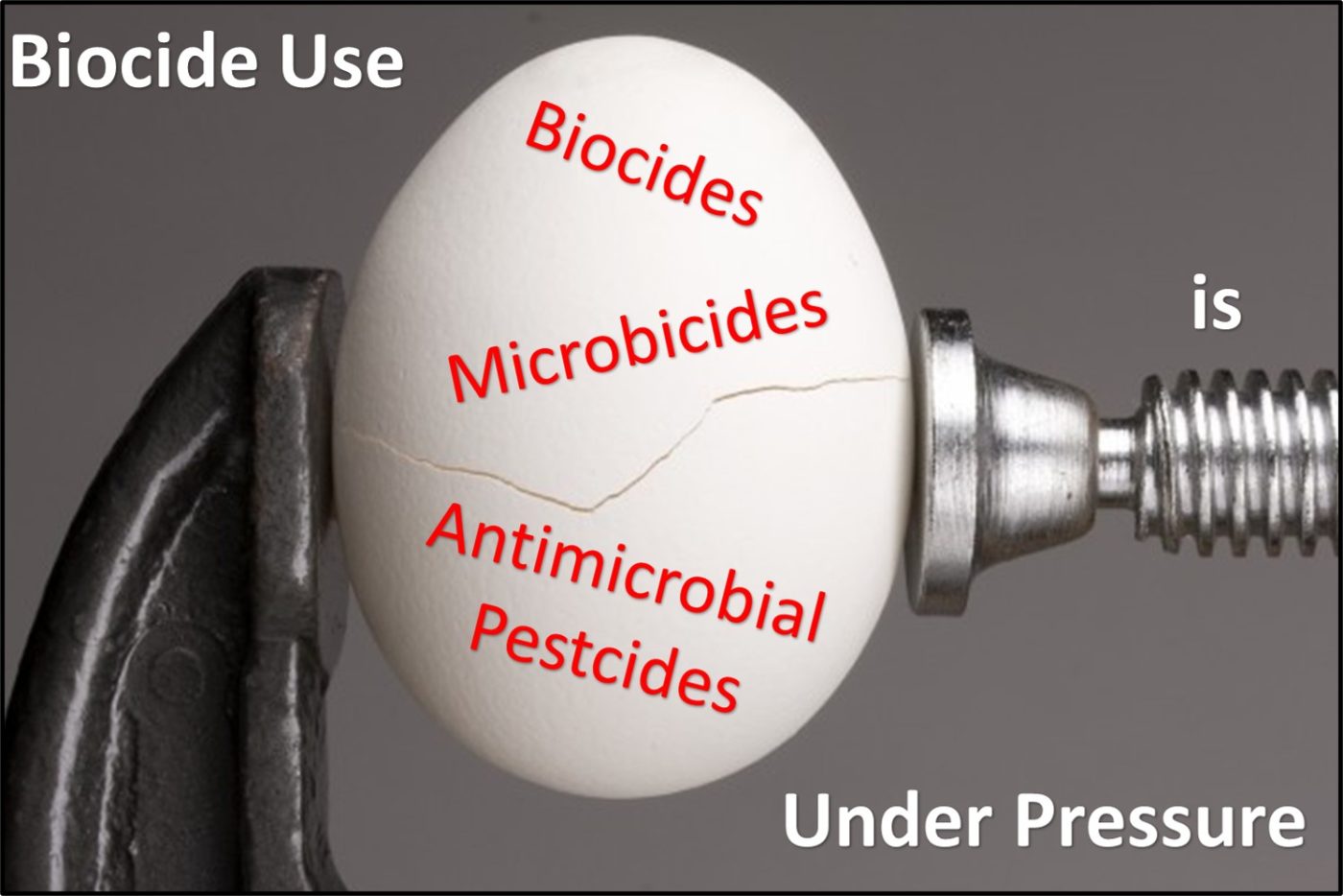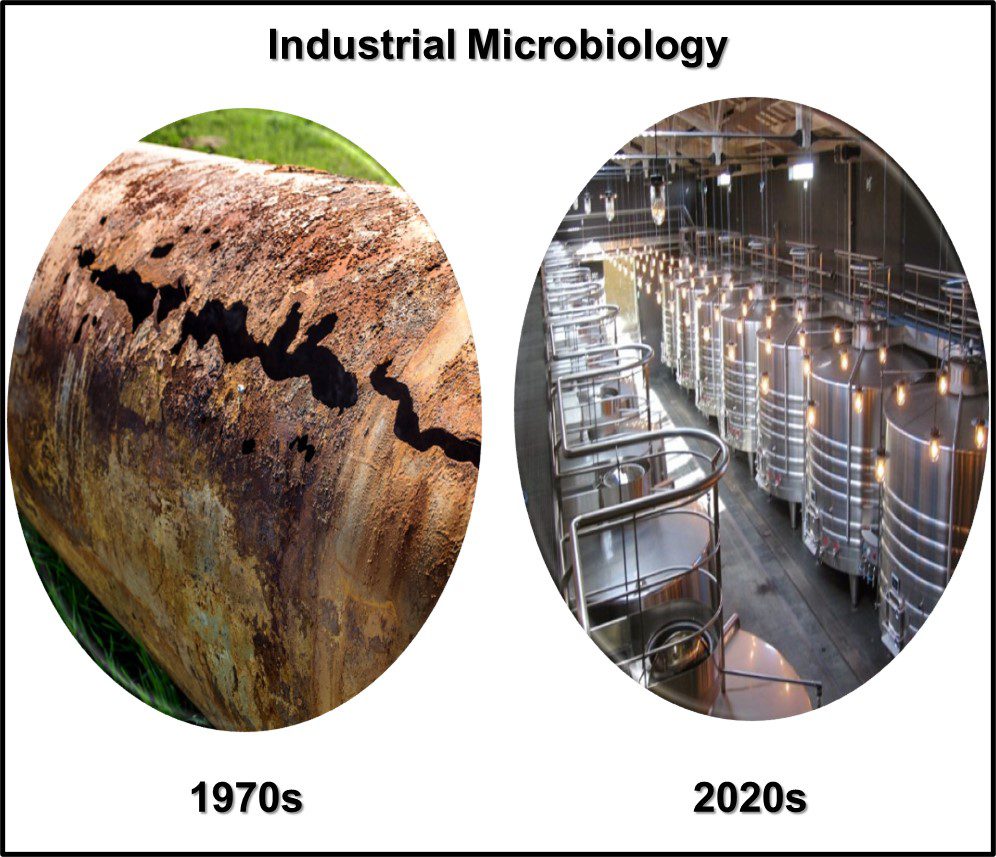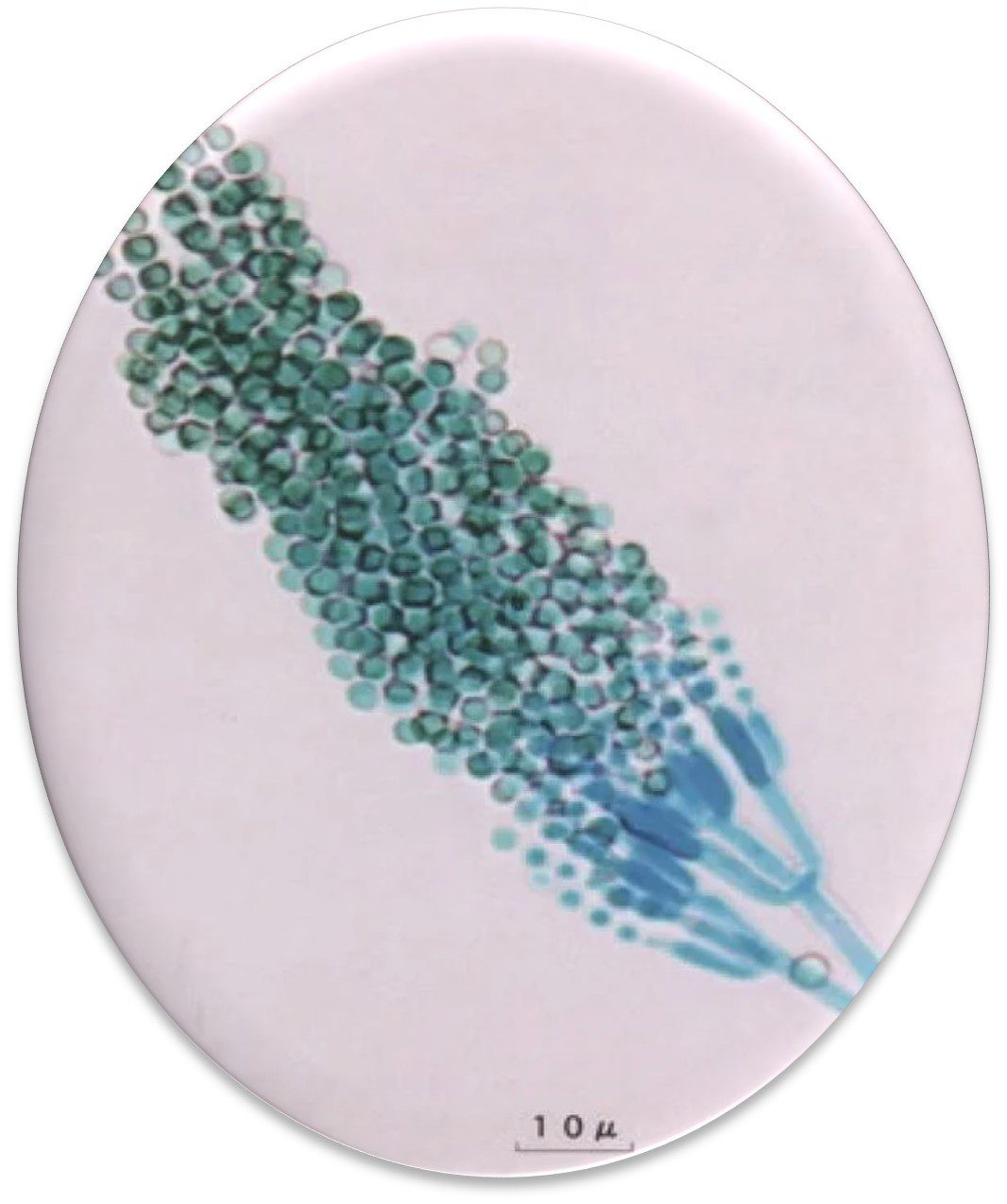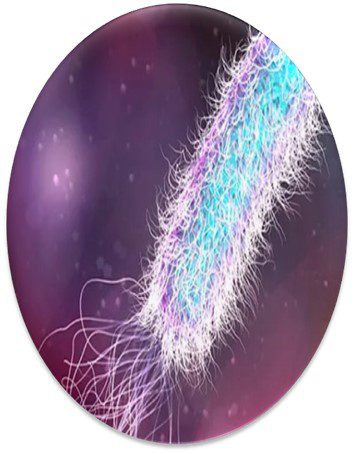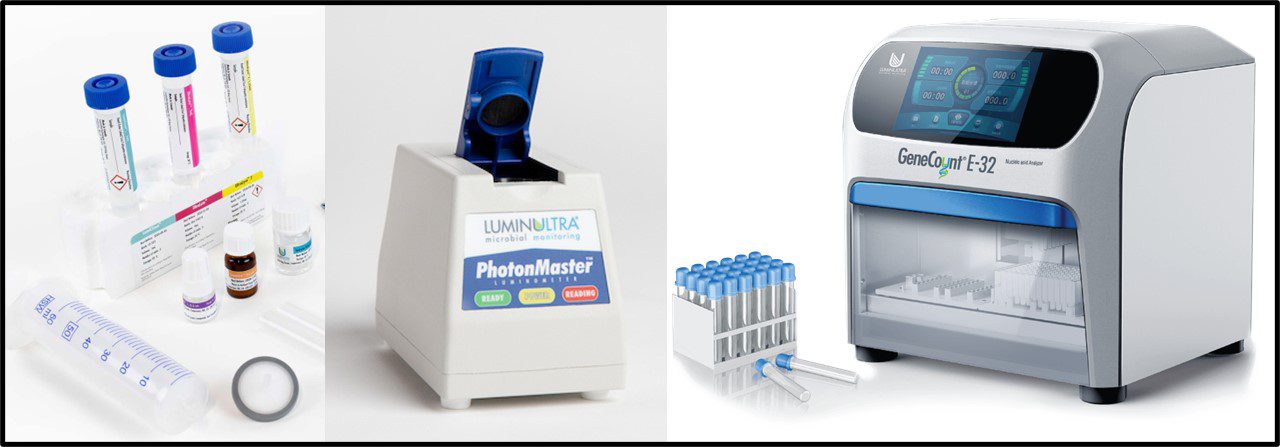
Left: ATP Test kit supplies; Center: PhotonMaster luminometer for ATP luminometry; Right: GeneCount E-32 apparatus for qPCR (Images courtesy of LuminUltra Technologies, Ltd., Fredericton, NB, Canada).
New Publication
The relationship between microbial population ATP and quantitative PCR bioburdens in diesel fuel microcosms (Access Microbiology 2024;6:000695.v4) was published last month. I’ll start this post by thanking my co-authors Dr. Jordan Schmidt and Ms. Danika Nicoletti,…
READ MORE
